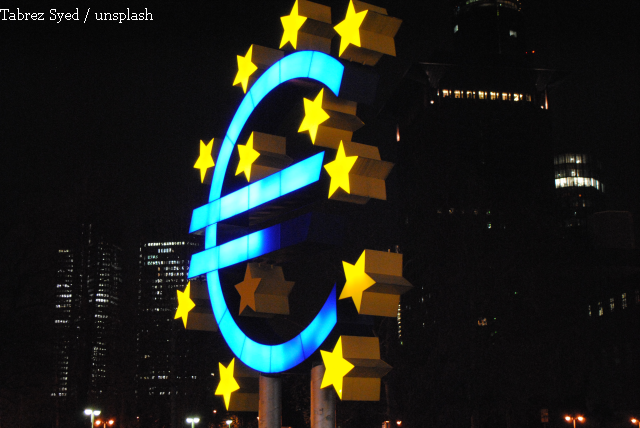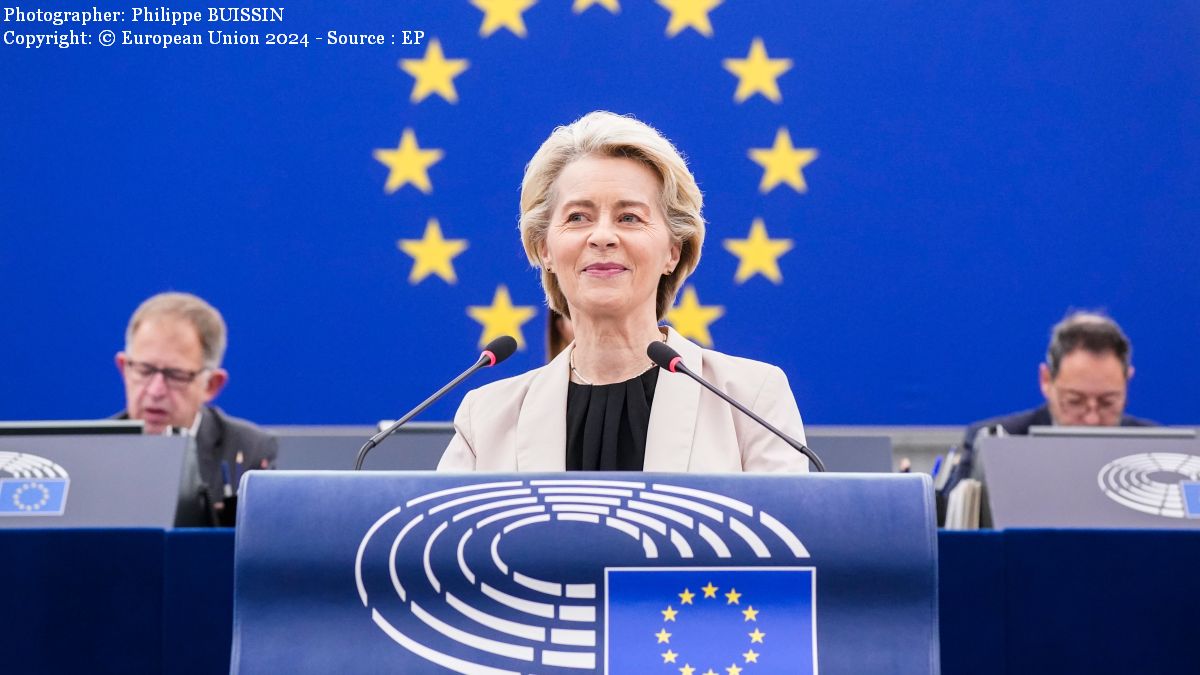The Black Sea – a new migrant route to the West
The famous “Balkan route of migrants heading to the West might be replaced by a “Black Sea route that would make Romania a transit country.

Corina Cristea, 22.09.2017, 13:32
The famous “Balkan route” of migrants heading to the West might be replaced by a “Black Sea route” that would make Romania a transit country. Officials of Frontex — the European Border and Coast Guard Agency, have recently launched this warning. Their main argument is the increasing number of migrants who, squashing in small boats, reach Romania’s territorial waters on their clandestine trip to rich countries in Western Europe. Data show that most of these migrants are Syrian and Iraqi. Recently, the International Organization for Migration (IOM) has warned of the creation of a new route via Romania.
The EU’s regional director for IOM, Eugenio Ambrosi, has warned that hundreds of migrants have already arrived in Romania, crossing the Black Sea in various ships. According to Ambrosi, this is a clear sign that traffickers and smugglers are testing new ways to carry on with their business. Data centralized by Frontex show that the number of clandestine migration cases in the Black Sea varies. In 2014, 430 people tried to enter Romania while a year later 68 people did the same. At present, the Coast Guard is faced with similar incidents every week. The question now is whether an older route, previously used by human traffickers, might be re-opened.
PhD Professor Stefan Popescu, specializing in the history of international relations, believes that traffickers are now testing a new route: “For the time being it’s too early to say this is an alternative route. I think it has more to do with blocking the route to the Balkans via Libya, and putting in more thorough border checks. When Greece strengthened its external border control, Bulgaria closed down its border with Turkey, and has been closely monitoring it since March 2016. A great number of migrants would transit Jordan and Egypt into Libya. From there they reached Italy by sea, or countries even further west, such as Morocco or Spain. This migratory flow was never fully kept in check, proof thereof being some 121 thousand migrants who this year crossed the Mediterranean into Europe. Of course, the numbers are much lower compared to the 278 thousand arrivals in Italy last year. It is staggering, considering that only 9 thousand migrants arrived in Spain this year and some 7 thousand in Greece, also via the Mediterranean. So if we were to strike a balance, for the time being we’re dealing with isolatedevents aimed at testing this new route, considering that the easiest way into Europe, the Balkans, is now blocked. And it’s not just Greece that has imposed stricter border controls. The agreement with Turkey is, to a certain extent, working, despite declarations and threats from Mr. Erdogan, and against the backdrop of measures taken by Hungary and Austria and reluctance expressed by Germany”.
Most migrants who reach Romania have no wish of staying; they just want to reach western Europe. Refugee centers in Romania currently accommodate some 1,500 people, whereas the mandatory quota the Commission has allotted Romania is 4 times bigger. According to official figures, most migrants come from Iraq, Syria, Afghanistan, Pakistan and Somalia. They are desperate people fleeing conflict areas, who’ve seen their loved ones killed, and their livelihood and homes wiped out.
But among them are also people who seek economic opportunities: “There’s been talk about Somalia, and we now see Somali coming from Eritrea and Nigeria. By 2050 the population of Sub-Saharan Africa will double, to reach 2 billion people. If we were to add the 400 million in Northern Africa, Europe will face a tremendous pressure. The migration flows are bound to get worse. Our only trump card right now is our geographical setting. Think of Lampedusa Island, which is part of Italy’s territory. The island is closer to Libya than Europe. So migrants can easily reach Lampedusa or Malta”.
On the other hand, the number of migrants who forcefully cross the Serbian border into Romania, on their way to Western Europe, has sensibly increased. The Romanian Border Police say they are now dealing with ever growing numbers of illegal migrants trying to reach Europe from the Middle East, Asia or Africa. Since the beginning of the month the Border Police has apprehended nearly 150 migrants who were attempting to illegally cross the border, double the number reported in August. Under these circumstances, the Interior Ministry announced tougher border checks on the country’s southwestern borders.





























